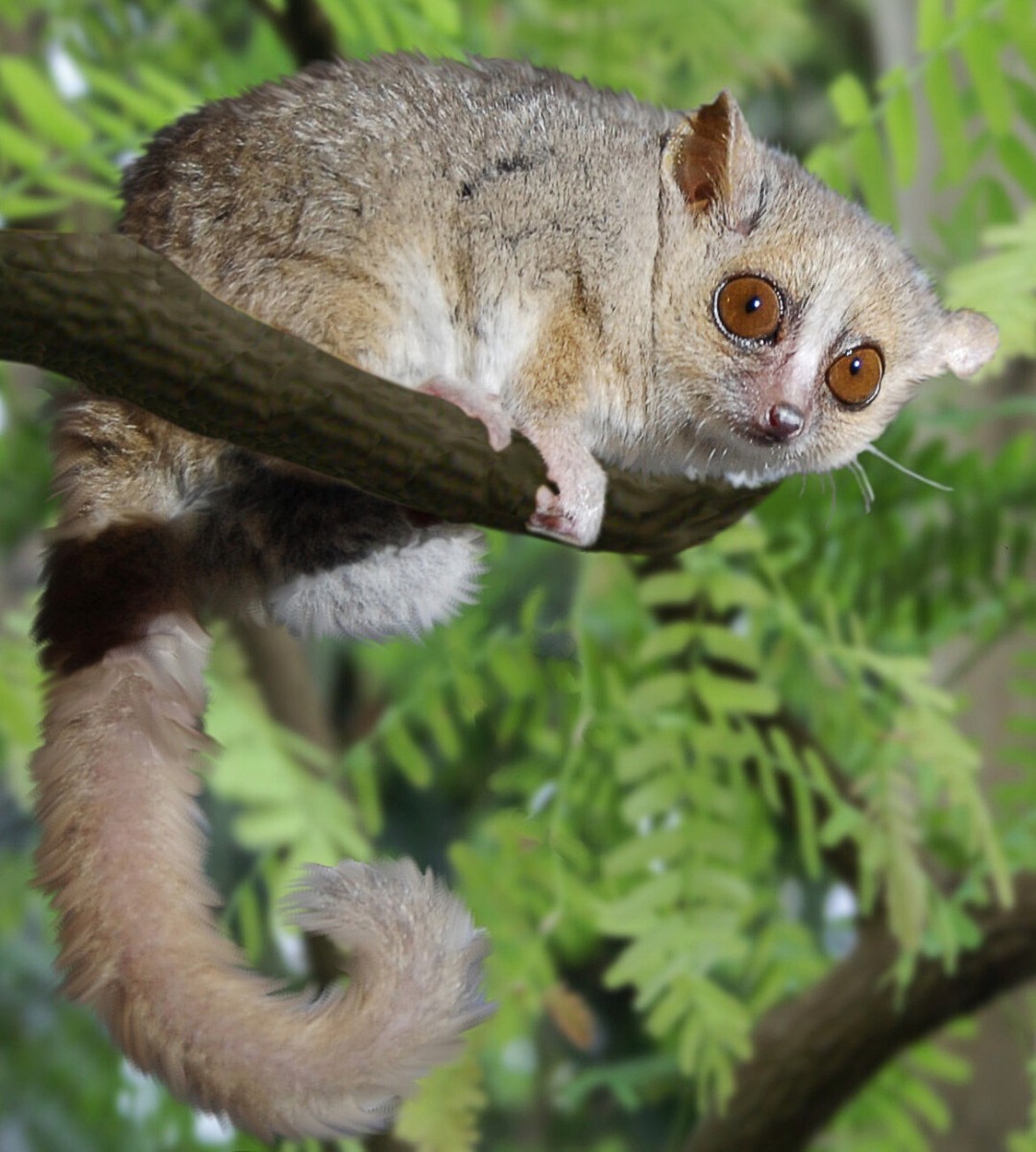
They are native to Ethiopia. They are solitary nocturnal omnivores.

The gray mouse Lemurs is the largest of the mouse lemurs.
What is the lifespan of a brown mouse lemur. Lifespan in brown mouse lemurs is 6 to 8 years in the wild but when they are in captivity they can reach 10 to 15 years with an average of 12 years in males Nowak 1999. Nowak 1999 Range lifespan. Microcebus rufus Brown Mouse Lemur is a species of primates in the family Cheirogaleidae.
They are listed in cites appendix i. They are native to Ethiopia. They are solitary nocturnal omnivores.
Individuals are known to live for 144 months and can grow to 286 mm. Reproduction is viviparous and dioecious. The gray-brown mouse lemur is a prosimian that are found throughout the Toliara province which spans much of south and southwestern coastline of Madagascar.
Prosimians are the most primitive of the primates and they all live in the Old World–that is A. Northwestern dry deciduous forest. Mostly fruit young leaves and flowers.
20 25 years in the wild. Very seasonal June July. Approximately 126 days infants are born between September and November.
Number of young. Brown mouse lemurs together with other unique fauna that are native to the country contribute to Malagasy ecotourism. Lemurs communicate through their sense of smell and by means of signaling with their bushy tails.
A group of Brown mouse lemurs is called a troop. Lemur is a Latin word which means spirits of the night. Mouse lemurs do not innately perceive predator calls as dangerous but may learn to do so in the wild.
I hypothesized that wild brown mouse. Diurnal primates commonly modify their behaviour in response to predator vocalizations but little is known about how nocturnal primates perceive predator calls. Microcebus mittermeieri Louis Jr Coles Andriantompohavana Sommer Engberg Zaonarivelo Mayor Brenneman 2006 Mittermeiers Mouse Lemur Microcebus murinus J.
Miller 1777 Gray Mouse Lemur Microcebus myoxinus Peters 1852 Peters Mouse Lemur Microcebus rufus Lesson 1840 Brown Mouse Lemur. Of all the Lemur species in the world the Gray Mouse Lemur is the smallest. It is a mere 2 ounces when it is fully grown.
The gray mouse Lemurs is the largest of the mouse lemurs. They are mainly gray in color and it can be a variety of shades from light to dark. They may experience some changes in that color during various times of the year.
Their tail length measures from 51 to 59 in 13-15 cm. Mouse lemurs are very light primates weighing from 14 oz to 25 oz 40-70 g. They can live between 10-15 years.
In captivity however they tend to live up to 14 or 15 years. Up to 8 cash back Here she provides an in depth view at the life and behavioral patterns of these tiny primates. A Natural History of the Brown Mouse Lemur provides the most complete look at the behavior and ecology of mouse lemurs.
Instead it is hypothesized that speciesspecific differences in the quality of sleeping sites ie tree holes and in social grouping patterns may better explain why some mouse lemur species have female dominance whereas others like the goldenbrown mouse lemur do not. At one time in the fairly recent past the genus Microcebus was thought to contain just two species with non-overlapping ranges. The gray mouse lemur Mmurinus found in the drier regions of the north west and south and the rufous or brown mouse lemur Mrufus of the humid rainforest regions of the east.
There are chapters on Diet Reproduction and the Social life of the Brown Mouse Lemur she often addresses also the Grey Mouse Lemur - most of the research to date has been on this variety. There is even a chapter entitled A Year in the Life of the Brown Mouse Lemur. Ring-tailed lemurs the most well-known of all lemurs have an average lifespan of 1619 years with some individuals exceeding it by up to 25 or even 30 years.
The average longevity of an aye-aye is around 20 years whether in the wild or in captivity.